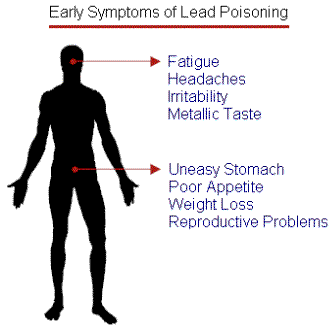Home Safety
High Cancer rates in Whales
Be safe
Part 2: What are the top home hazards? Return to 1st page

While there are literally millions of home hazards that exist, the study was able to separate out the five leading causes of unintentional home injury. These five leading causes are:
- Falls
- Poisoning
- Fires/burns
- Choking and suffocation
- Drowning/submersion
These five areas are the best place for most homeowners to start their quest to make their home safer. Below, we have expanded on each topic.
1) Falls
According to the Home Safety Council, falls account for:
- More than 40% of all nonfatal home injuries.
- More than one-third of all injuries resulting in an emergency department visit.
- More than one third of all unintentional home injury deaths.
The simplest of hazards ends up being one of the worst. And as you would suspect, falls are worse for young children and older adults. Very few deaths from falls occur in adults under 60. For children, the most severe falls are general associated with three products: baby walkers, windows, and play equipment including trampolines. Falls down stairs have been implicated in 75% -96% of baby walker-related falls.
Here are a few things that you can do to prevent people in your home from falling:
- Put window guards on all windows. New regulations and free window guard programs in New York City have resulted in a 50% reduction in falls and 35% reduction in deaths.
- Put soft, protective surfaces under play equipment.
- Pay special attention to staircases. Make sure that they have handrails, are well lighted, do not have any loose carpeting, and are always clear of toys and other items.
- Use safety gates both at the top and bottom of staircases if children are in the house.
- If you have a dark basement, install a light on the staircase and paint your bottom step a bright color to make it more visible.
- Always clear outdoor steps of ice and snow as soon as possible.
- Look out for pets: According to the Center for Disease Control, Pets cause more than 86,000 fall-related injuries each year.
- Make your shower safe: use non-slip rubber mats and install extra rails or grab bars if necessary. Also, make sure that the existing rails and other supports are in good condition and can support your weight.
- Make sure that you always use (and have!) sturdy step stools when getting things in the kitchen or out of closets.
- Do not allow children under six years old to climb on bunk beds.
- If you have small children, install locks on all cabinets and drawers so that they wont be able to climb them.
- Require children who are riding skateboards or bikes on your property to always wear approved helmets.
2) Poisoning:
According to the Home Safety Council, poisoning is the second leading cause of unintentional home injury deaths in the United States.
While we mostly think of poisoning as something that happens to children when they get into cleaning supplies and other household products, its something that actually affects people of all ages. You would probably be surprised to hear that most unintentional deaths by poisoning in the home are due to the following:
- Heroin
- Appetite depressants
- Anesthetics like cocaine
- Also, amphetamines, caffeine, antidepressants, alcohol, and motor vehicle exhaust gas.
Most of these methods of unintentional poisoning are for the most part self-inflicted and can only resolved by dealing with a persons underlying chemical dependency issues. That said, effective prevention efforts generally focus on keeping poison out of the hands of children. While adults have the highest rates of fatal poisonings, children under 5 have the largest rates of non-fatal poisoning.
Here are some of the things that children are most often poisoned by:
- Household and cleaning products
- Personal care and beauty products
- Medicines
- Vitamins
- Plants
- Lead
- Carbon monoxide
Here are a few things that you can do to prevent accidental poisonings in your home:
- Place your chemicals high up on shelves. If possible, store them out in a garden shed outside of the house.
- If you have to put chemicals in low cabinets, use baby proof locks and be sure that you can properly close the doors.
- Never put household cleaners in old drink bottles or food containers that might confuse a child.
- Get children and pets out of a room before you use pesticides or other chemicals.
- Always close the packaging on a medication or chemical if you are interrupted by the phone or the doorbell. Many poisonings happen when an adult leaves the room for a minute.
- Dont trust that childproof packaging on medications will keep children safe. The best defense is to keep the medications out of childrens hands in the first place.
- Dont (obviously) store medications on easy to reach tables or counter tops.
- Be aware of where all of the medications in your home are, especially if you have visitors who might leave them in an open purse or bag.
- Get rid of any old "watch" type batteries as children can easily swallow them. Consider getting rid of any toys or gadgets that use them.
What should you do if someone does get poisoned?
Call your doctor and poison control (1-800-222-1222) immediately!
